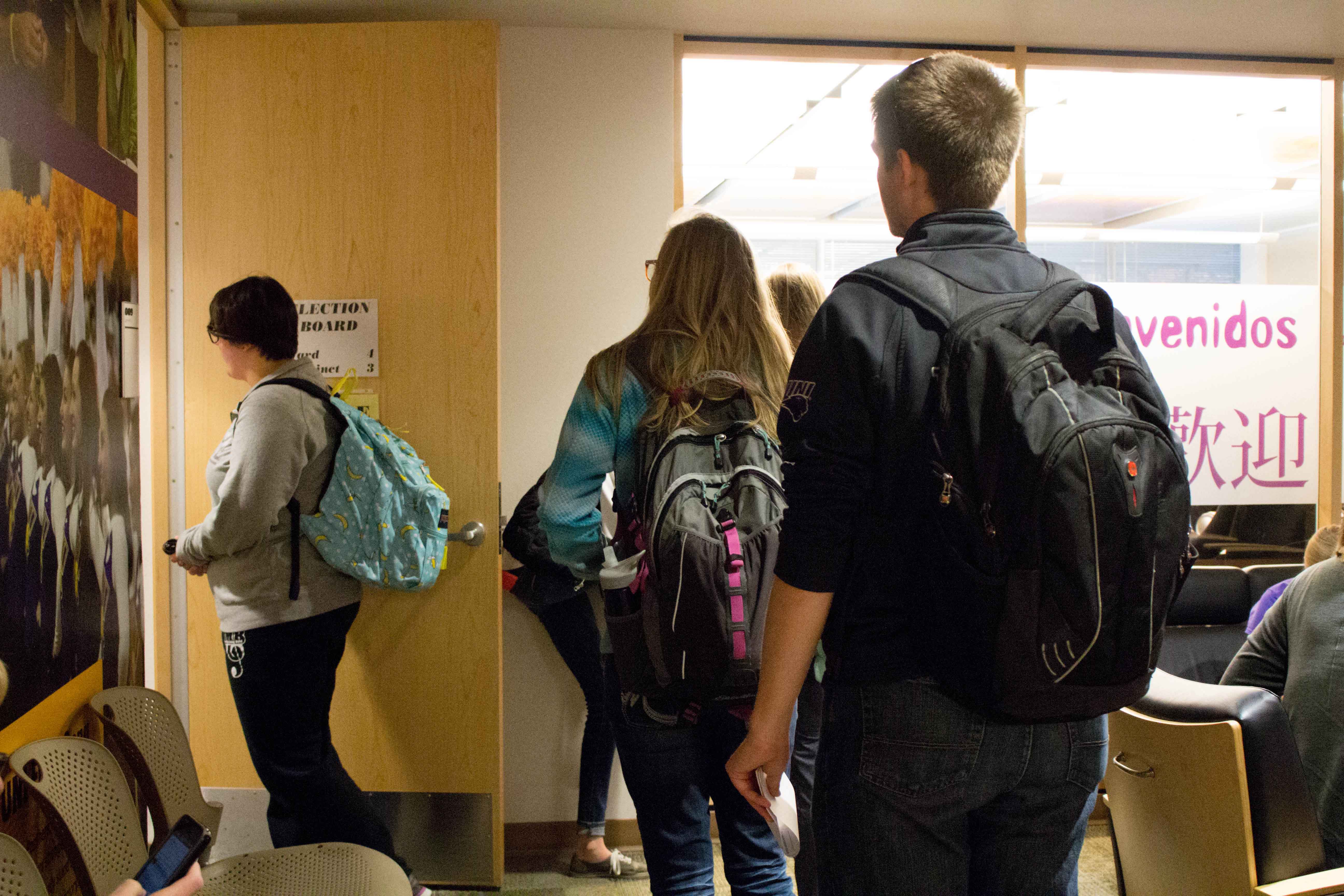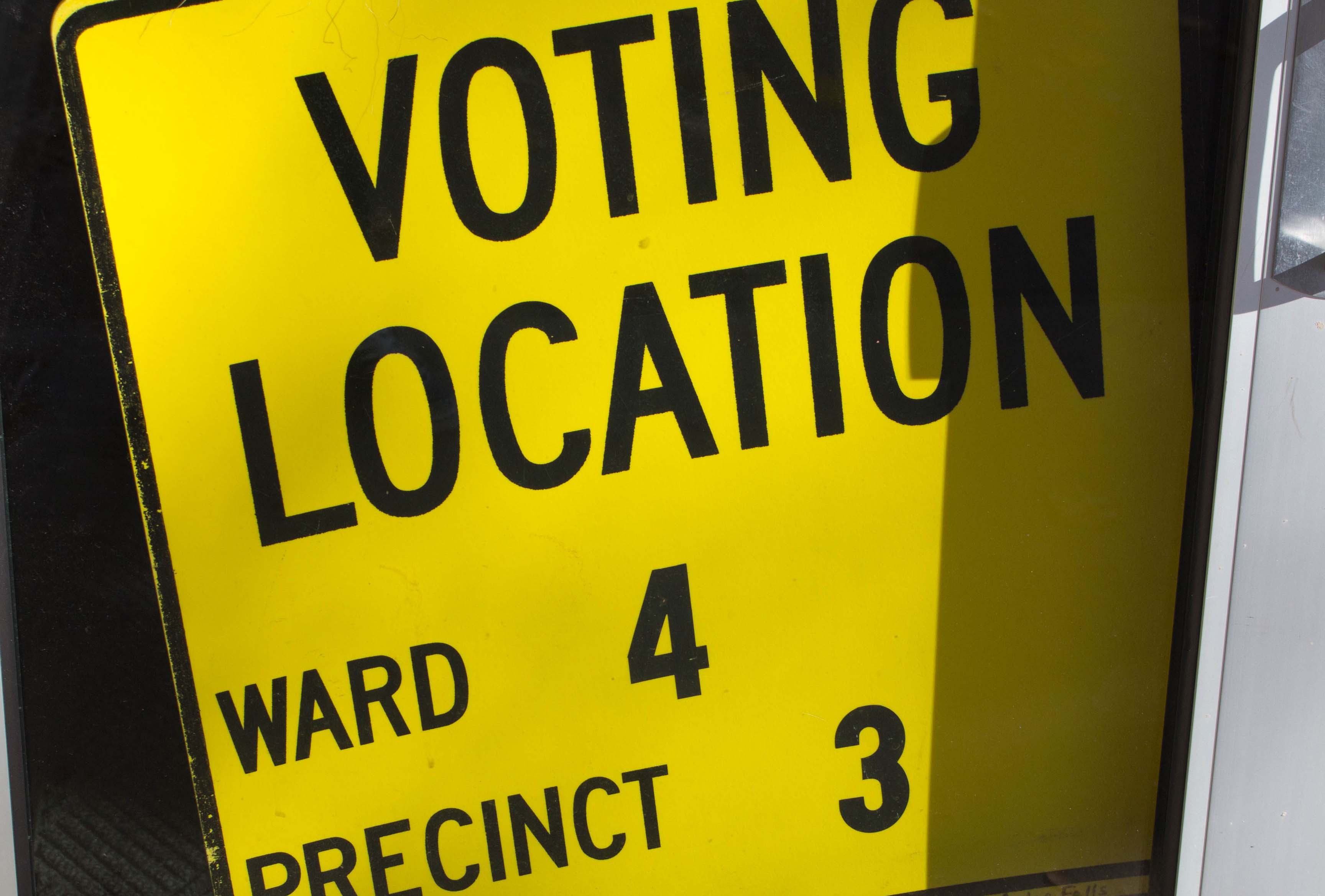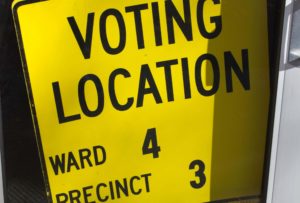Election trumps polling predictions
Nov 10, 2016
Donald Trump pulled off the largest upset in modern American political history on Tuesday night, defeating heavily favored Democrat Hillary Clinton.
Few in the political world expected a Trump victory. A senior Trump adviser told CNN on the morning of the election, “It will take a miracle for us to win.”
A miracle is exactly what Trump got. Trump rode a wave of white, working class voters in Wisconsin, Michigan and Pennsylvania to victory. All three states have been historically blue on election days and were all projected to go to Clinton. The Democrats were so certain of winning Wisconsin that the Democratic nominee did not set foot in the state once during the general election.
Iowa assisted Trump’s efforts, as his campaign won Iowa and its six electoral votes on Tuesday night with 51 percent of the vote, compared to 42 percent for Clinton. Trump carried 93 of Iowa’s 99 counties. Black Hawk County was among the six counties Clinton won, carrying 50 percent of the vote compared to Trump’s 43 percent.
Down ballot races produced mixed results Tuesday night. Republican Chuck Grassley defeated Democrat Patty Judge and will begin serving his sixth term in the US Senate. Democrat Jeff Danielson defeated Republican Bonnie Sandler in a race for the Iowa Senate, Democrat Bob Kressig beat out Republican Drew Speer and Independent Nick Taiber, and County Supervisor Chris Schwartz, a Democrat, also won.
UNI political science professor Justin Holmes discussed the election results and how they relate to the country’s changing demographics.
“In general, this was a close election, and there are a few demographic things worth noting,” Holmes said. “Turnout among the demographics that made up the Obama coalition appears to be down. Beyond that, a lot of reliably Democratic groups – Latinos, African Americans – were a little softer on Clinton. White voters, on the other hand, shifted fairly strongly Republican – not that they weren’t already – and rural turnout seems to be a tad higher.”
Holmes went on to discuss what this election will mean for political research and polling.
“On one level, the national polls don’t seem so far off. Most of them picked Clinton to win, and it appears she won the popular vote,” Holmes said. “The state level polls clearly don’t seem to have fared as well, although again, not as badly as is being spun. The swing state polls mostly called it a close race, and it ended up as a close race, but in the opposite direction.”
Holmes said that this is due to a systematic polling error, of which there a couple possibilities.
“I think the most likely source is error in specifying who is a likely voter. This is always tricky, but in a volatile race, it is especially so,” Holmes said. “Most private polling firms don’t give details of their likely voter model, but in part it rests on past behavior – did you show up in the last couple elections. It would appear that there was a small, but important, bump in white lower middle class voters, and a small, but important, dip in more traditionally liberal turnout.”
Trump will be sworn into office on Jan. 20, 2017, and he will be the President-elect until that date. Meanwhile, President Barack Obama still has two and a half months left in his final term.


















